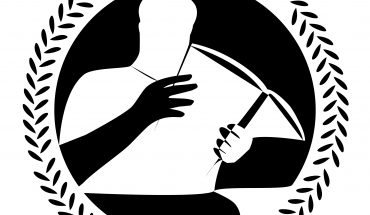The Goldfinch by Donna Tartt
BY: MAGGIE ROTH STAFF WRITER
With national stay-at-home orders in place and more time on my hands than I know what to do with, I’m finally getting around to knocking some books off of my never-ending “to-read” list. “The Goldfinch” by Donna Tartt is one of those books that’s been on my list for far longer than I’d like to admit, and now that I’ve finally gotten the chance to read it, I don’t know what I was waiting for.
Tartt tells the story of a 13-year-old boy named Theo Decker whose life is abruptly turned on its head when he and his mother are caught by chance in a terrorist attack at an art museum. The explosion kills his mother, and in the chaos of the aftermath, he pockets a painting of a small bird which she had been admiring.
The novel received a great deal of attention upon its release in 2013, landing itself on the New York Times bestseller list and eventually winning the Pulitzer Prize for Fiction in 2014.
Before starting the book, I was afraid that it might be dry or overly self-important, but from the moment I opened the first page, it was a dynamic and engaging read. The prose and dialogue were riveting, creating the same sense of narrative escapism often found in young adult novels but with all the complexity of a classic.
Theo, left without a permanent guardian, moves from place to place and mourns his old life, trying to make sense of what happened in the museum.
The painting — a historical work by Rembrandt’s student Fabritius — remains a constant theme in the story of Theo’s life as the narrative follows him through childhood and into an adulthood wracked with grief and riddled with crime.
With such a dark plot, the book easily could have leaned too far into grittiness and angst, but instead walked a fine line between darkness and beauty which tells a story that leaves a lingering sense of hope.
This is the sort of book that can give you something to fill your whole day with, that you won’t want to put down even after hours of reading.
Though it was written nearly a decade ago, many aspects of the story are unnervingly timely. Tartt artfully navigates the sensation of having your life permanently altered through a sudden and seemingly arbitrary catastrophe. Through the eyes of a child, we proceed through the days and years following tragedy and explore the feeling of life being divided into a “then” and a “now.”
With a boy clinging so desperately onto an artifact so simple and yet catastrophically important, “The Goldfinch” explores the unshakable resilience and necessity of beautiful things. Especially now, when things in the world seem so grim, this novel can serve in the same capacity for us as the painting did for Theo. We might not understand why we need it, but we do.




